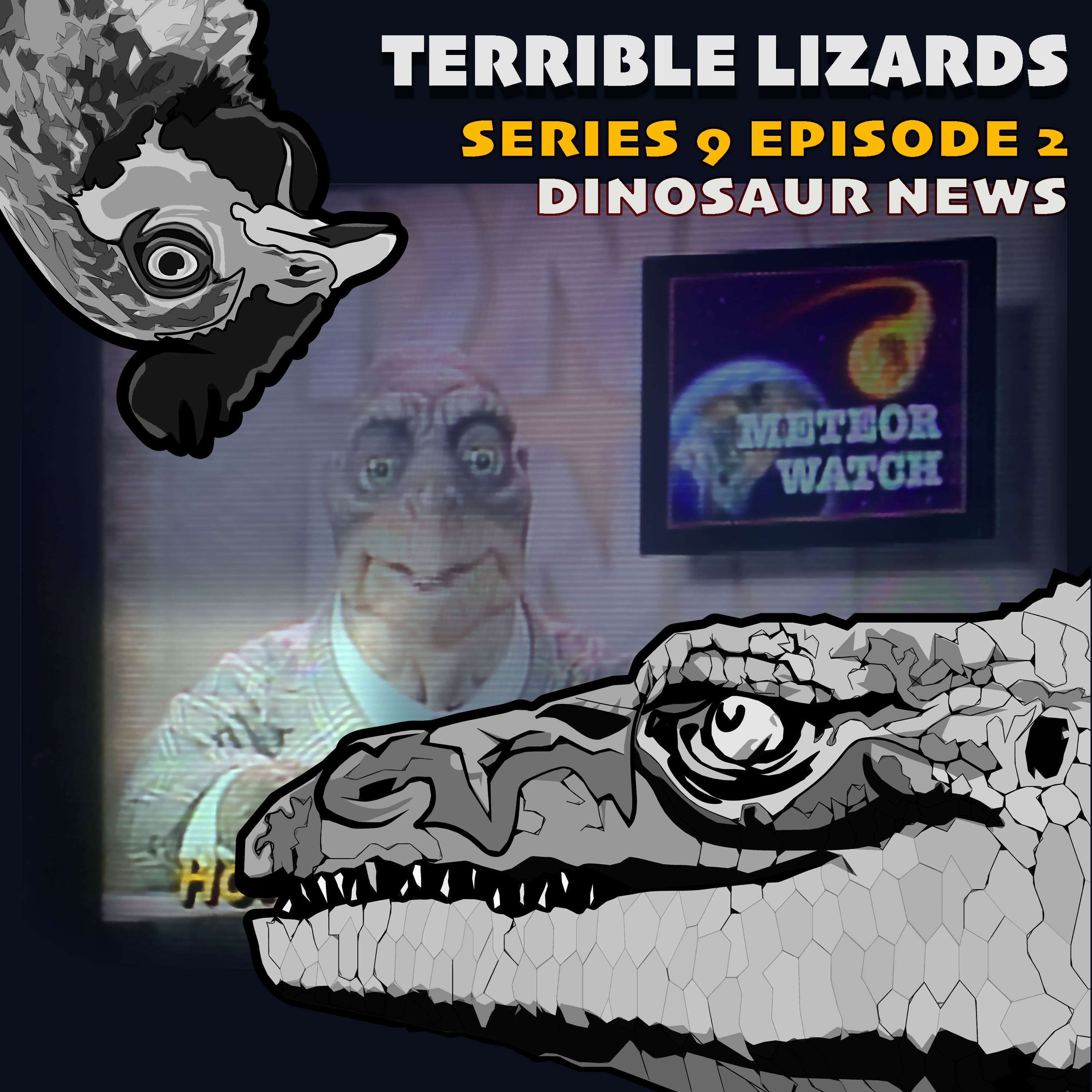
TLS09E02 Dinosaurs News

Terrible Lizards
Shownotes Transcript
Dinosaurs and other prehistoric animals have been a hit in the media for about as long as palaeontologists have been digging them up. But even in the modern age of digital communication, there is almost always an intermediate (and often several) between a palaeontologist and their audience when it comes to communicating about these animals. Whether it’s journalists, reporters, documentaries and print, radio or TV, what you say, suggest, demand, advise or write as a palaeontologist often goes through editors, subeditors, producers, directors, animators and whole panels of discussion and you have very little control over it. That means that even the best communicators can have their message badly distorted by those who don’t, or should, know better and has profound effects on the public understanding of science and where scientists fit into it. So listen to Dave describe (OK, rant) about all the ways this goes wrong and what it means for the audience and palaeontologists alike. Iszi does get a word or two in as well. Links: A blog post Dave forlornly wrote as a guide for journalists writing about science but serves as a useful guide for most people for spotting bad science journalism: https://archosaurmusings.wordpress.com/2011/10/20/traps-for-journalists-to-avoid/) A blogpost by palaeontologist Mark Witton about what can happen when a TV show tries to bring dinosaurs (on this case, pterosaurs) to life even when experts are involved: http://pterosaur-net.blogspot.com/2011/01/what-despair-pterosaurs-and-david.html)